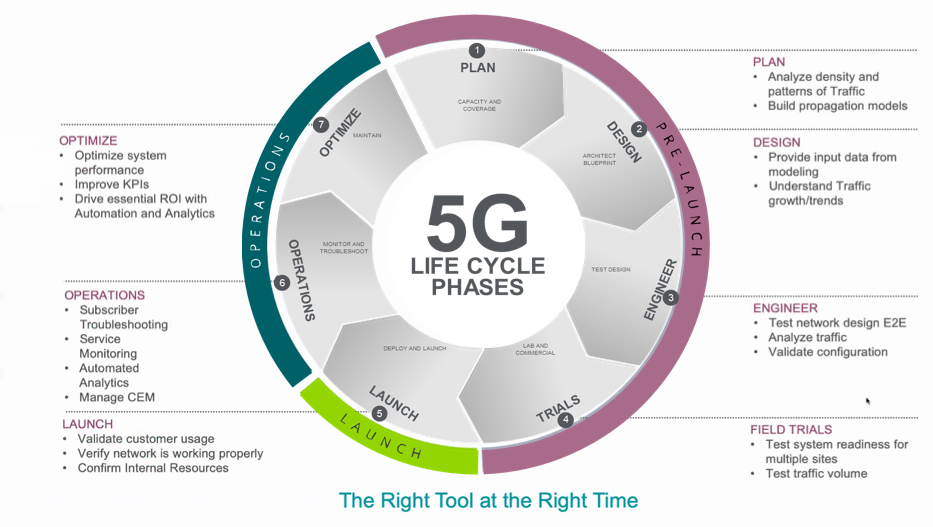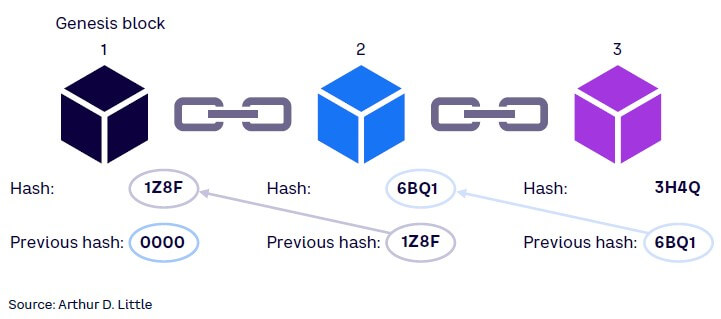Overcoming 5G Signal Propagation Challenges for Better Connectivity
telcomatraining.com – The rapid deployment of 5G networks promises to revolutionize global connectivity, ushering in faster speeds, lower latency, and the ability to support a massive number of connected devices. However, despite the immense potential of 5G technology, there are several challenges related to signal propagation that can hinder its performance, particularly in dense urban environments and rural areas. In this article, we explore the key 5G signal propagation challenges and strategies to overcome them to ensure better connectivity for everyone.
Understanding 5G Signal Propagation
Before diving into the challenges, it’s important to understand what signal propagation means in the context of 5G networks. Signal propagation refers to how radio waves travel through the air and how they interact with obstacles such as buildings, trees, and terrain. The performance of a wireless network, including 5G, heavily depends on how well the signal can propagate across different environments.
5G technology utilizes higher frequency bands, particularly millimeter waves (24 GHz and above), which offer significantly faster data transmission rates. However, these higher frequencies have shorter wavelengths, making them more susceptible to attenuation, or signal loss, as they travel through the atmosphere. This leads to several challenges that need to be addressed for optimal performance.
1. Increased Attenuation at Higher Frequencies
One of the main challenges of 5G is the increased attenuation of signals at higher frequencies. Millimeter waves, while offering faster speeds, are easily absorbed by obstacles such as buildings, foliage, and even rain. This results in weaker signals and poor coverage in certain areas.
Solution: To combat this, network operators are implementing small cell technology. These small, low-power base stations can be deployed in urban environments, providing coverage where traditional macro towers struggle. By placing small cells closer to the end user, the network can reduce signal loss, ensuring more reliable connections in areas that would otherwise experience poor coverage.
2. Multipath Propagation and Interference
In urban environments, signals often encounter multiple paths before reaching their destination. For instance, a signal may bounce off a building or other structures, causing it to take multiple routes to the receiver. This is known as multipath propagation. While this phenomenon can sometimes improve coverage, it often leads to interference and signal degradation.
Solution: MIMO (Multiple Input, Multiple Output) technology is a key solution to this challenge. By using multiple antennas at both the transmitter and receiver, MIMO can increase data throughput and reduce the negative effects of multipath propagation. Additionally, beamforming technology, which directs the signal in a specific direction, can further improve the quality and strength of the 5G signal.
3. Obstructions in Dense Urban Areas
Dense urban environments present another significant challenge for 5G signal propagation. Tall buildings, underground infrastructure, and even moving vehicles can block or reflect the 5G signals, leading to poor connectivity. In such areas, traditional base stations may struggle to provide adequate coverage due to the physical barriers.
Solution: One of the best ways to address this issue is through the deployment of small cells and distributed antenna systems (DAS). These systems can be placed inside buildings, on rooftops, or in other strategic locations, enabling the signal to bypass large obstacles. Additionally, the use of millimeter-wave frequencies in combination with low and mid-band spectrums can create a more robust network that can handle urban interference more effectively.
4. Long-Distance Signal Propagation
In rural or suburban areas, the lack of infrastructure and fewer base stations can result in weak 5G signals over long distances. Since millimeter waves have a limited range, they are not suitable for long-distance coverage in sparsely populated areas.
Solution: To extend coverage in rural areas, telecom operators are relying on the deployment of low and mid-band frequencies that offer better long-range propagation. These frequencies provide wider coverage and can travel further without significant signal degradation. A hybrid approach that combines these lower frequencies with millimeter-wave technologies for high-speed, short-range applications is proving to be effective for rural connectivity.
5. Weather and Environmental Conditions
Environmental factors such as rain, snow, and fog can also negatively impact the performance of 5G networks. In particular, rain and snow can cause signal attenuation at higher frequencies, which may reduce the reliability of 5G connections.
Solution: Operators can overcome weather-related challenges by optimizing the placement of their network infrastructure and utilizing adaptive transmission techniques. For example, using frequency diversity, where different frequency bands are used for transmitting the same signal, can help mitigate the effects of weather-related signal loss. Additionally, advanced coding and modulation techniques can be employed to improve signal resilience under adverse conditions.
Conclusion
While the introduction of 5G technology holds immense promise for improving global connectivity, addressing signal propagation challenges is essential for realizing its full potential. By deploying small cells, utilizing MIMO and beamforming technologies, improving infrastructure in urban and rural areas, and optimizing the network for environmental conditions, telecom operators can overcome these obstacles and provide more reliable 5G services to consumers. As 5G networks continue to evolve, it is crucial for both operators and users to stay informed and adapt to these innovations for a smoother and more efficient connectivity experience.






